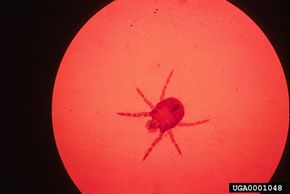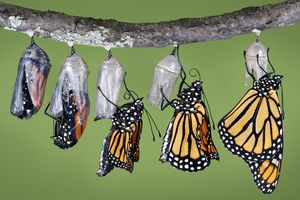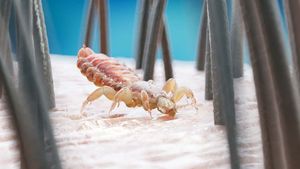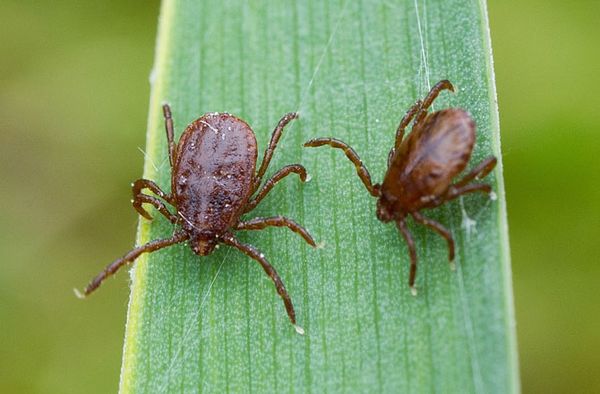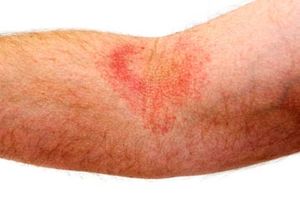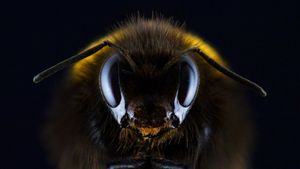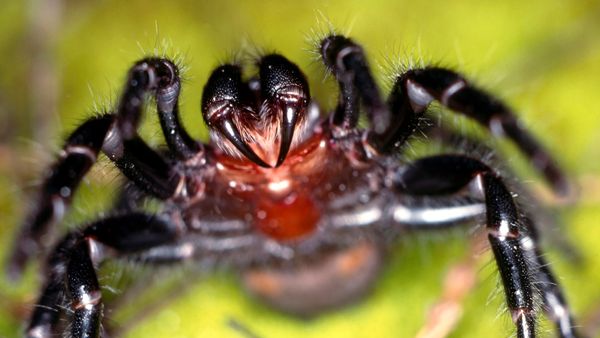If you have ever been out in the woods or an open field in spring, summer or fall, you may have gotten chiggers around your waistband or on your ankles. They leave red, itchy bumps on your skin.
Chiggers are the larvae of mites belonging to the suborder prostigmata, commonly called harvest mites or scrub mites. Like ticks and spiders, mites go through three biological stages in their life cycle: They begin as eggs, hatch as larvae, develop into nymphs and finally become adults. Nymph and adult harvest mites feed mostly on plant life and don't bother people or other mammals, but in the larval stage, many of the species in the prostigmata suborder are parasitic. After a parasitic chigger hatches, it finds a good position on tall grass or other vegetation so it can spring onto a passing animal. When it finds an animal, it attaches to the animal to gather the protein it needs to grow into the nymph stage.
Advertisement
Chiggers do not burrow under your skin, as many people believe, nor do they feed on animal blood. They actually feed on the fluids in skin cells. To get the fluids, they attach themselves to a skin pore or hair follicle and inject a digestive enzyme that ruptures the cells. The enzyme also hardens the surrounding skin tissue, forming a sort of straw for sucking the skin cell fluids. The whole process irritates the skin, causing an itchy red bump that continues to cause discomfort for several days. Chiggers are only about 1/50th of an inch (0.5 mm) in diameter and so are too small to be seen with the naked eye. This invisibility is the reason so many people believe chiggers burrow under the skin.
You might encounter chiggers in any number of environments, but they are especially concentrated in damp areas with a lot of vegetation. They are attracted to concealed, moist conditions on hosts, too, so they tend to attach to skin under tight clothing, such as socks and underwear, or in concealed areas of the body, such as the groin and the armpits. One way to decrease the chance of chigger bites is to wear loose clothing when you're in the woods or other infested areas. You should also take a shower as soon as you get home from an outdoor expedition, to remove any chiggers before they attach to your skin.
In North America, chiggers don't spread any diseases to humans, but chigger bites can get infected. You should keep the irritated area clean and refrain as much as possible from scratching. In other parts of the world, chiggers may pose a more serious threat. In some areas of Asia, for example, certain chigger species carry the disease scrub typhus. If you spend a lot of time outdoors, check an insect and spider field guide to find out what sort of chiggers are in your area.
One commonly known remedy for chigger bites is to apply nail polish to reduce itchiness. This does not kill the chigger or treat the bite in any way. It simply seals the area off from the air, which keeps the sore from itching so badly. If you want to apply something to relieve itching, it's much better to use a salve or cream that contains antihistamines (Caladryl or hydrocortisone salves are the most common). Like nail polish, these treatments will seal the bite from the surrounding air, but they will also help to prevent infection. If the welts continue to irritate you for more than a couple of weeks, they might be infected and you should see a doctor.
Advertisement
